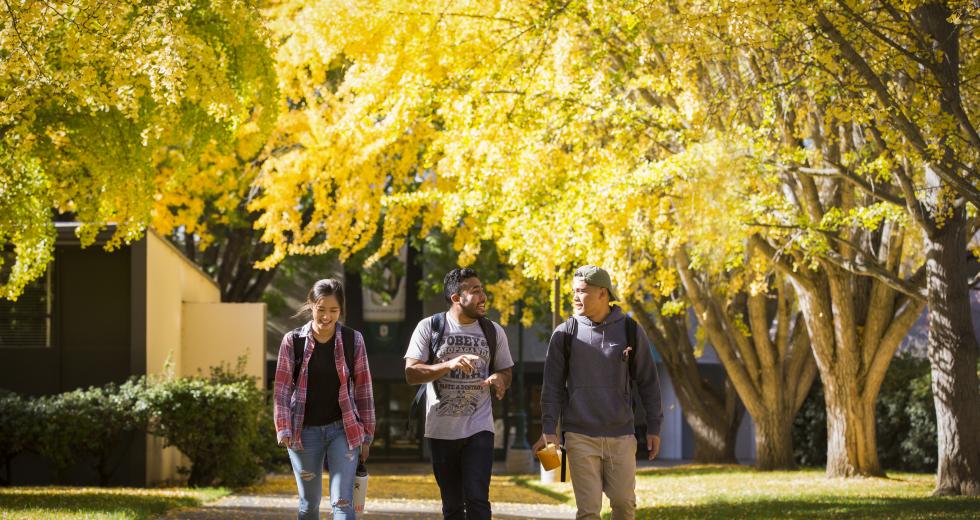For many years, the thinking at Sacramento State was that students should go slow and disregard the standard four-year path to a diploma that is common at most universities, instead taking a more leisurely pace with their studies.
This thinking permeated the school’s culture, with students being expected — if not encouraged — to take an extra year or two to graduate, thereby creating more time to study as well as flexibility to work a job, says Jim Dragna, the university’s “graduation czar” (whose official title is executive director of university initiatives and student success). Advisers began to suggest that students take 12 credit hours each semester instead of the 15 needed to graduate on time.
This thinking, however, has changed. Dragna says recent studies show that students who graduate in four years see financial benefits, both by paying less tuition and being faster to boost their income by getting a better job, and they also tend to have higher GPAs. The problem then was that among the 30,000-plus students at Sacramento State, the 4-year graduation rate was — and still is — less than 10 percent.
“All of us were thinking we were doing something helpful for the students,” Dragna says, “but in reality we were holding them back.”
Related: Los Rios prepares to roll out updated student support services
The goal now is to increase the rate to 33 percent by the year 2025, and to do so, they deployed an online platform during the previous school year called Kit to Empower Your Success, or KEYS, which includes a smart planner that shows students every step they need to take to graduate in four years, along with a financial aid meter that visualizes the amount of monetary assistance they have remaining, says Christine Miller, the university’s vice president for information technology and chief information officer.
Sacramento State is trying to increase its 4-year graduation
rate. (Photo courtesy Sacramento State/Andrea Price)

“A barrier to graduation at Sac State has been not knowing a great deal about what courses are needed and when,” Miller says. “One of the reasons we are using these tools is also to increase the graduation rate.”
Currently, about half of students end up graduating from Sacramento State, and Dragna says this gives administrators a moral imperative to be as transparent as possible about what it takes to make it and how much going to school there costs. That’s where the financial planning software comes in.
The smart planner allows students to visualize what classes they need to take and when, so they don’t end up needing to take courses later that aren’t offered or are offered in short supply. It also has progress meters that show where a student stands with both general education and major requirements, as well as the courses remaining to meet them. With this kit, students can also register for classes from their mobile devices.
During the registration process, students can use it see the implications of what staying in school for an extra semester or two would end up costing. The software, which the university began rolling out gradually in October 2016, is now available to all and free to use. Miller says so far about 17,000 students have begun using the tool kit, including the financial aid meter and the smart planner. Students made aware of the platform have been fast to adopt it.
“Students definitely get this,” Miller says. “They are always on their tablets and smartphones. They immediately know how to use this.”
The rollout has so far been a soft one, with plans calling for an extensive marketing campaign to begin during the fall semester, complete campus signage and posts on social media and other channels. This platform has been a collaboration between academic affairs, student affairs and Miller’s information technology team, with the full support of university President Robert S. Nelsen.
Dragna says that progress has already started as a result. As recently as two years ago, only 20 percent of the students at Sacramento State took full 15-hour course loads during their first semesters. Last year, the first the software was offered in any capacity, that number rose to 64 percent. This year Dragna estimates it will be closer to 80 percent.
Don Hunt, associate vice president for enrollment and student services, says these tools will also help administrators plan better. They can use data and analytics functions to gauge when the most students will need to take certain classes, subsequently adding more sections and faculty to accommodate demand.
“It’s about clarity,” Hunt says, “for the students, the administration and for academics.”



